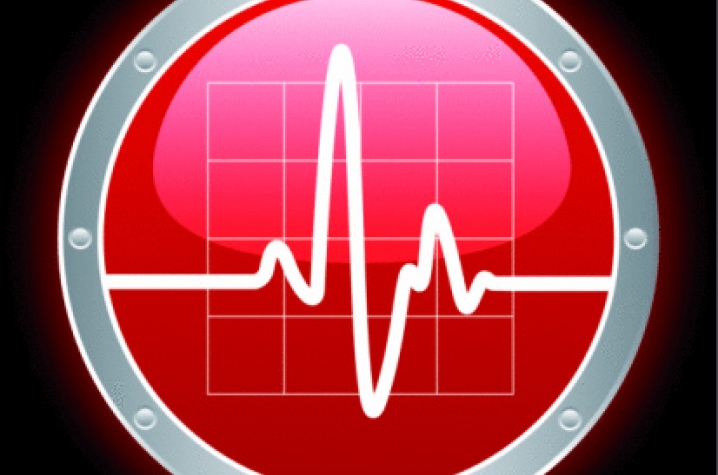'Fast Track' Speeds Care After Heart Attack

LEXINGTON, Ky. (Feb. 2, 2010) – The University of Kentucky is working to save heart attack patients' lives by shaving off minutes between the ambulance and treatment at the hospital.
So far, treatment time has been reduced by about 35 minutes under a new protocol that calls for certain types of heart attack patients to go straight to the cardiac catheterization lab instead of the emergency room. The protocol is based on research that shows that the risk of death drops 7.5 percent for every half hour shaved off the time between the ambulance and treatment at the hospital for patients with certain kinds of heart attacks.
As part of the fast-track protocol, when responding to a possible heart attack, specially trained paramedics administer an electrocardiogram test, or EKG (also called ECG), which can help detect a heart attack. UK cardiologist Charles Campbell is helping to conduct ongoing training with emergency medical service providers in a one-hour flight radius of the medical center. American College of Cardiology guidelines recommend treating patients with angioplasty within 90 minutes of contact with a healthcare facility for a suspected heart attack.
In most cases, heart attack sufferers go straight to the cardiac catheterization lab in the UK Gill Heart Institute, where a specialized response team waits to break through the life-threatening blood clot that is causing the attack. If the test and other warning signs indicate the patient is in the midst of a heart attack, with the patient’s consent the paramedics activate the cardiac catheterization team on their way to the UK Gill Heart Institute. Once the patient arrives, the cardiac catheterization team, led by a physician who specializes in treating heart disease, assesses the patient and the EKG to determine whether they should perform an emergency angioplasty, a minimally-invasive procedure to open blocked blood vessels. Patients who are not believed to be having a heart attack are taken to the emergency department for further assessment.
“We hope to have an even higher or 100 percent success rate of timely angioplasty by bypassing the emergency department and taking the patient immediately to the catheterization laboratory for treatment,” said Dr. Debabrata Mukherjee, director of cardiovascular catheterization services at UK. “The goal is to treat the patient as quickly as possible and give them the best chance of a good recovery and return to normal life.”
Exceptions to the protocol at UK include car accident victims who may be having a heart attack. Those patients must be assessed first by a trauma team in the emergency department. Experts in cardiovascular medicine, emergency medicine and trauma care at UK helped develop the plan.
“We think this protocol will be picked up and followed by other hospitals,” Campbell said. “Currently some centers require the paramedics to transmit the EKG results to the emergency department to be read before determining whether that patient should go straight to the cath lab. However, transmitting takes about 10 minutes of extra time. Someone has to be aware that it’s coming, and a busy trauma center may not have someone there waiting to receive the transmission. Our system eliminates the middle man, and that’s important, because time is muscle.”




